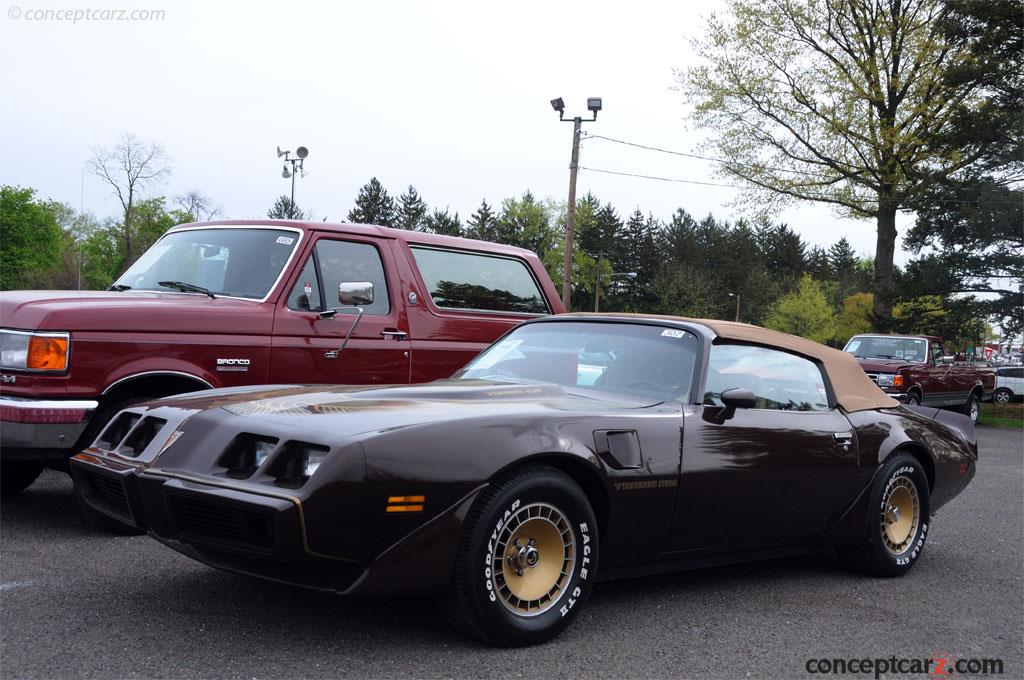
(6,372 cc) form, it had made the reputation of the class-defining GTO, progenitor of the sixties muscle car. (6,902 cc) Super Duty form, it had been a formidable competitor on both drag strip and NASCAR oval. Fuel-injected, it had powered the first Bonneville, Bunkie Knudsen’s declaration of intent that Pontiac was no longer grandma’s car. Over the years, it was offered in a bewildering number of states of tune. Grow the Strato-Streak did - from 287 cubic inches (4,706 cc) in 1955 to 455 cu. It was also somewhat bigger and heavier than the Chevrolet engine, with greater growth potential. It had certain features in common with the contemporary small-block Chevy, such as rocker arms pivoting on studded ball joints rather than rocker shafts (a feature that had actually been developed by Pontiac engineers and shared with Chevrolet), but it had some significant internal differences. Pontiac’s “Strato-Streak” V8 had bowed for 1955, replacing the division’s hoary flathead engines, which dated back to the 1930s. While Chevrolet and Buick each had distinct small-block and big-block V8 engine lines, Pontiac really had only one. Since each division’s output topped that of some rivals’ entire corporations, we assume it seemed an acceptable indulgence. (5.7 L) engine of distinctly different design. By 1969, for instance, Buick, Chevrolet, Oldsmobile, and Pontiac each offered a 350 cu. That individuality combined with corporate policies limiting maximum displacement for different body styles to produce a multitude of different engines of very similar capacities and outputs. There were occasional instances of one division using another’s engines, usually for low-volume applications - Pontiac bought a few Buick aluminum V8s for the 1961-1962 Tempest, and Oldsmobile purchased Buick’s Fireball V6 for some F-85s and Eighty-Eights - but those were the exception rather than the rule, and divisional leaders usually preferred to avoid such sharing. We may take it as a sign of General Motors’ once vast wealth and market share, then, that until the late 1970s, GM’s individual automotive divisions designed and manufactured most of their own engines. It’s no surprise that most manufacturers share engines across as many models as possible (even across different brands) to spread those costs around. Design, development, testing, tooling, setting up supply chains - it’s a complicated process and the price tag for the whole enterprise rises quickly. This is the story of the little-loved, often-forgotten Pontiac Firebird Trans Am Turbo.Įven before the advent of emissions standards, the cost of designing a completely new engine was daunting.



It was Pontiac’s first turbocharged production car, but it also brought down the curtain on a storied era of unique Pontiac engines. This car’s engine has been much maligned and its muscular styling still conjures up bad memories of gold chains and exposed chest hair, a last gasp of disco-era glory.


 0 kommentar(er)
0 kommentar(er)
